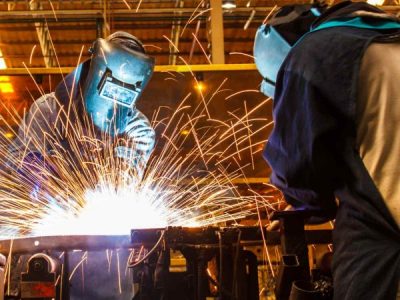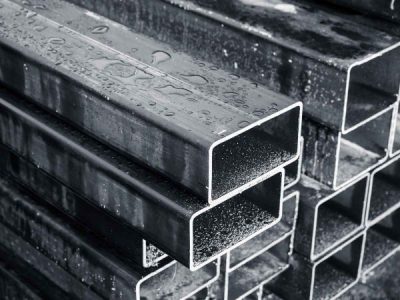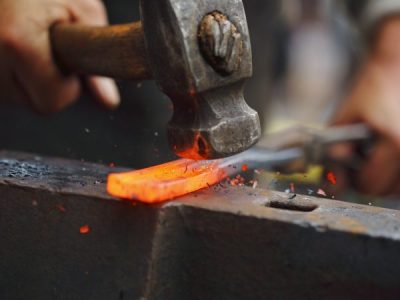Let’s make a bet. We’re confident that it takes less than two minutes before you use steel in some form during your daily routine. By the time you wake up, have breakfast, leave your home and drive to work, you’ve probably used a minimum of 4 steel items.
When something is so present in our daily life, it’s hard to picture what life would be like without it. Spoiler, it would be pretty bleak without the life-changing alloy called steel.
Here are 5 things that wouldn’t exist without steel – or would be significantly different.
Modern Homes/Buildings
With the application of steel, structures with triple the life expectancy of older supports and features, were able to be created. As it’s durable, flexible and lightweight, steel is the sole reason sky-rise buildings can reach the height they do without collapsing. Other materials are often too heavy and lack the versatility that steel provides.
Steel is a quintessential material of the building industry and is increasingly being used to construct residential houses. Homes are extending their life expectancy with steel or reinforced concrete supports and implementing steel into other fittings like roofing, decoration and more.
A steel roof is expected to last around 50 years – three times longer than a tile roof. Steel fittings also solve several building complications. This metal makes homes resistant to termites and fires. And we’re not even mentioning the benefits of home fittings that use steel, like pipes, sinks, windows and more!
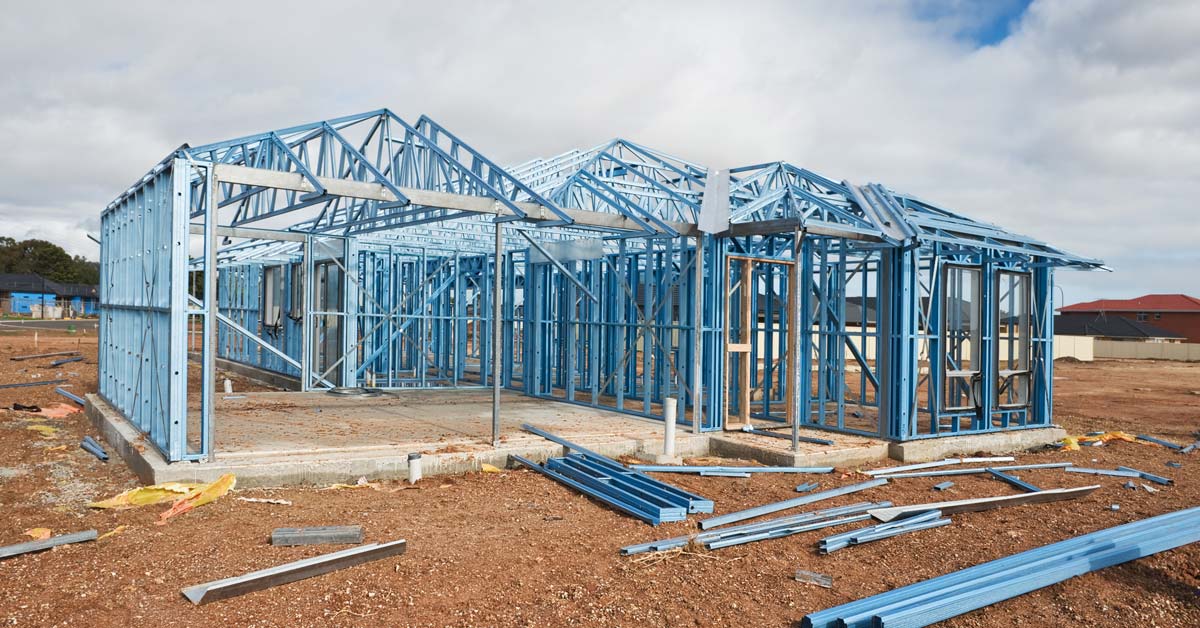
Eating Utensils & Appliances
If you stacked all your home appliances onto a scale, about 75% of the total weight comes from the steel you use. Everything from your cutlery to your blender, cooking pans and other knick-knacks are made mostly of steel. Why? Because it’s durable and temperature resistant, but can also retain heat without being damaged.
In most European countries, people commonly ate with their hands until 1913 when stainless steel was officially discovered. Prior, the other metal discoveries (copper, bronze and iron) assisted our cooking ability, but not our eating utensils because it simply made food taste bad. Silver and gold cutlery had less reaction to food, but because they were precious metals, only the rich could afford them. So, any nation not utilising chopsticks would continue to eat with their fingers or with wooden appliances. Lining copper utensils with silver made cutlery more affordable, but nothing came close to the benefits of stainless steel.
Adding chromium to steel is what gives stainless steel this property. It also prevents corrosion, improves durability and heat resistance, making it a clear choice for most food appliances.
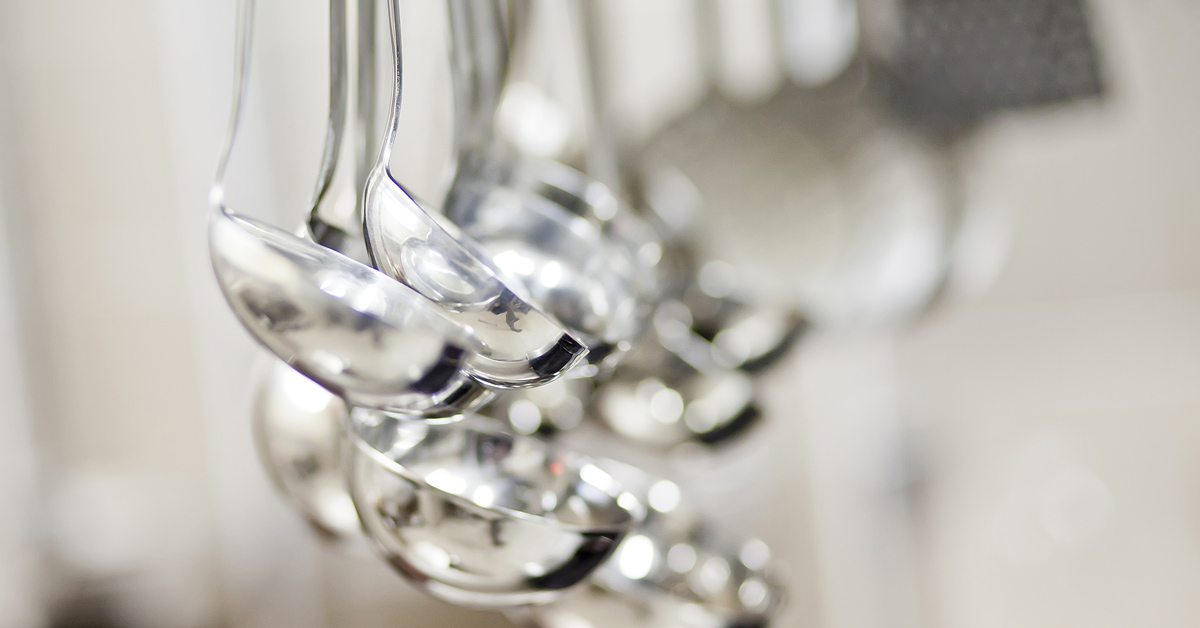
Doors
Now we know what you’re thinking. “Doors would exist without steel.” That’s true, but several key features of your door were reinvented with steel. Historically, up until the middle ages, houses would have simple leather or wood hinges, no hinges or no doors at all.
It wasn’t until the 9th century that copper and bronze were used in European homes. Hinges were often made of brass or wrought iron and only allowed one directional opening. Plus, they made the door heavy and difficult to swing open.
With advancements in metal fabrication and machine technology, hinges come in several varieties, which allow doors and windows to break past traditional uses. Its tensile strength enables steel hinges to make it super easy to move even the largest, heaviest doors.

Transportation
If you’re looking for one of the most significant inventions that separate us from our ancestors, it has to be the development of automobiles. Without steel, these vehicles may have never been invented; or they would be considerably more expensive to run if they were made with the heavier and more rigid metal, iron.
The chassis and body of most vehicles are made with steel because it’s durable and lightweight, offering protection without weighing the vehicle down too much. Steel is utilised everywhere, from the wheels to the engine.
Most modern boats are also made from steel, and some planes. Although, both of these vehicles are better suited for lighter-weight and unreactive aluminium. Still, without steel, several discoveries and advancements in the marine and aerospace industry would never be possible.
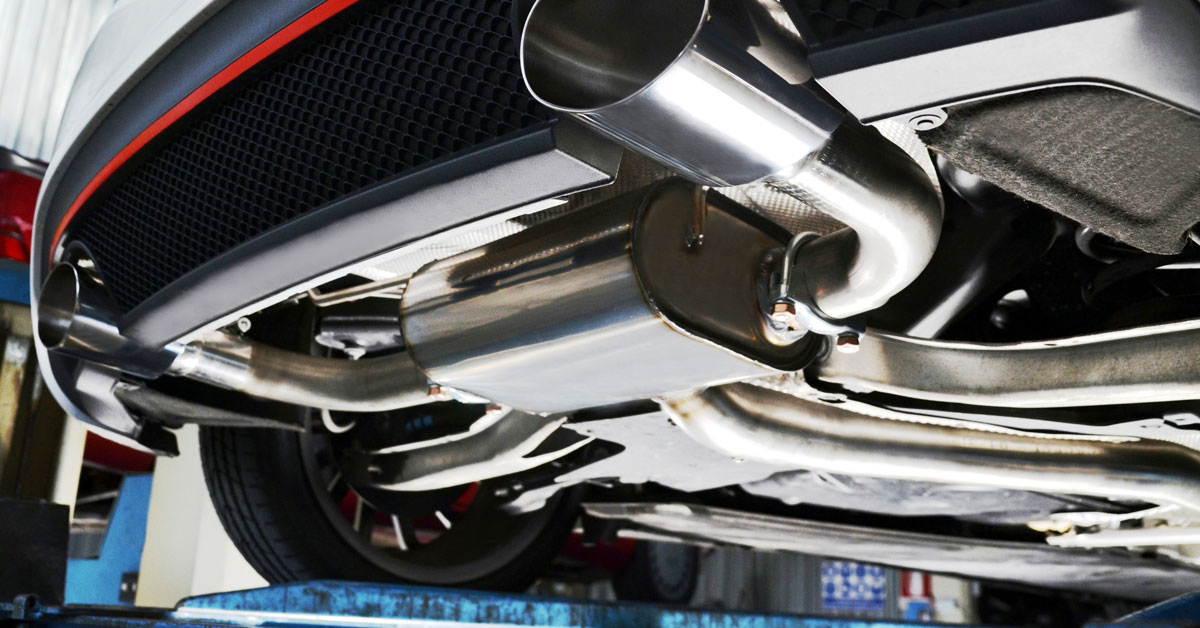
Massive Bridges & Deep Underground Tunnels
One of the biggest steel consumers is infrastructure. More than half of the world’s annual steel production goes towards this industry. Steel is the primary material used for building bridges, tunnels, rails and commercial buildings.
According to the World Steel Association, most of the steel used in infrastructure is found in reinforcing bars (44%); then sheet metal used in roofing, walls and ceilings (31%) and lastly, structural sections (25%).
Telecommunication relies heavily on steel to build the towering radio masts made of a steel lattice or tubular steel construction. The characteristics of steel is what supports the massive infrastructural builds like bridges, tunnels and towers. Without this material, our cities would be much smaller scale.

Need Steel?
At E M Steel, we provide structural steel for residential, commercial and industrial projects. We also offer a range of fabrication services, including architectural and decorative metalwork. Steel is a versatile and long-lasting material which is perfect for building structures and features. If you’re looking for a supplier for all your steel needs, contact us!

